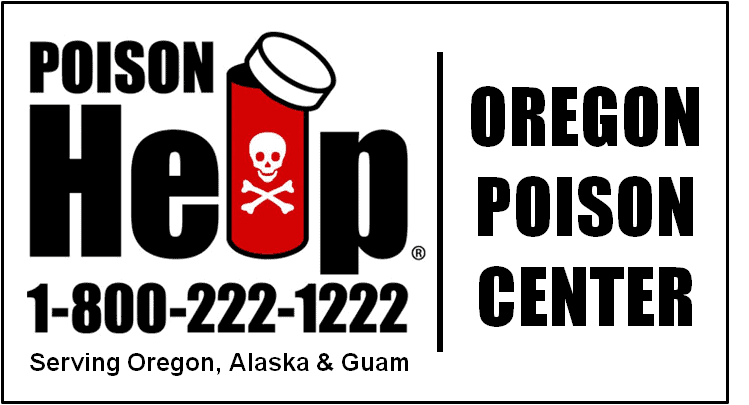In the Beginning – CMS and the Pisgah Festival
By Molly Widmer
How does the Cascade Mycological Society (CMS) fit in with the fall Mushroom Festival at Mt. Pisgah Arboretum (MPA)? Well, CMS is a 501c3 educational non-profit organization incorporated in 1999 “to study fungi; to educate members and the public about fungal identification and ecology; to promote conserva-tion of fungi; to promote safety in the gathering and consumption of edible fungi; and to HAVE FUN! CMS’s annual participation in the fall Mushroom Festival at Mt. Pisgah Arboretum satisfies all of these goals!
The group’s history is intricately tied in with that of the Mt. Pisgah Arboretum as well as Lane Community College (LCC). The three community organizations have connecting threads just like the mycelial strands that tie together mushrooms and their habitats. Freeman Rowe and Marcia Peeters were early originators and the incredible energy behind Mt. Pisgah Arboretum’s annual fall fundraising event, the MPA Mushroom Festival. They still grace the Mushroom Festival with their huge talent and dedication, providing critical organizational and identification skills that keep the mushroom display one of the best around. You are invited to bring your mystery fungi to the Identification Table at the show; and whether or not you bring specimens, don’t forget to pop in and say hi to these fine fungal celebrities!
But what is the Lane Community College connection? Freeman Rowe taught botany at LCC for many years, and also originated the incredibly popular Biology of Mushrooms class, which he taught until his retirement in 1996. The class remains popular, and today is taught by Marcia Peeters, one of Eugene’s best field mycologists, one of Freeman’s most talented students, and for many years the fearless bus driver for the LCC mushroom class weekend fieldtrips.
Cascade Mycological Society grew like a beautiful wild mushroom from the fertile mycelium of the LCC class and the MPA Mushroom Festival. CMS was originally developed and incorporated primarily by enthusiastic students of Freeman Rowe’s at LCC, and today many CMS members are past or present students of the Biology of Mushrooms class – more than a few of them repeat enrollees!
The MPA Mushroom Festival is today still supported by LCC, especially participants of the Biology of Mushrooms class. Together with members of CMS and many volunteers from the community at large, students have historically provided critical volunteer labor for collecting and setting up one of the largest fungal displays on the west coast, with named species numbering in the several hundreds each year. Volunteers for the show contribute hundreds of hours each year, to collect, identify, and display these ephemeral marvels of nature, beauty, and intrigue.
CMS is pleased to help MPA organize this important fundraiser. And we welcome new members as we begin a new fungal season of forays, talks, and special events. The public is invited to all CMS events and membership is not required.
This year’s MPA Mushroom Festival poster depicts a familiar edible fungus in our area, the Shaggy Mane (Latin name Coprinus comatus). The fall season brings many ecological changes to our corner of the world, and this mushroom is one of the developments you may notice in town or in on edges of woods in grassy areas, disturbed ground, roadsides, and trails. It is edible and many consider it very tasty, especially dredged in beaten egg and crushed saltines, then fried until golden, but of course only after POSITIVE identification.
When the proper environmental triggers occur (rain, cool temperatures, etc.) an underground mycelium (the threadlike network of tissue which makes up the bulk of the fungal organism) will produce a “fruiting body” or mushroom. This process can be rather rapid – days or even hours – and the mushroom can exhibit amazing growth and upward pressure, pushing up through soil, or in the case of Shaggy Manes, sometimes even asphalt!
Another amazing trait of Shaggy Manes is their unusual method of spore dispersal. Often referred to as “Inky Caps,” these mushrooms are unlike many common edible mushrooms which produce dry spores, often carried to new areas by air currents. (That more common dispersal process creates the “spore print” often captured on paper to observe its color and aid mushroom identification.) Inky Caps, however, rely on a unique process whereby the spore-bearing gills dissolve, or “deliquesce” into an inky black liquid, rich with spores. It is this liquid which, given the appropriate habitat, begins the cycle of life again. This trait may be good for new crops of mushrooms, but it is less attractive to the would-be gourmet or gourmand! If you are lucky enough to have properly identified Shaggy Manes for the table, be sure to keep them refrigerated and use them immediately, or you too will know why they are called Inky Caps!
Note: Deliquescing is a chemical reaction which can be arrested by placing the mushroom in an oxygen-free environment. We display the Coprinus comatus at the MPA mushroom show in a water-filled jar, a trick learned from the Lincoln County Mycological Society.



